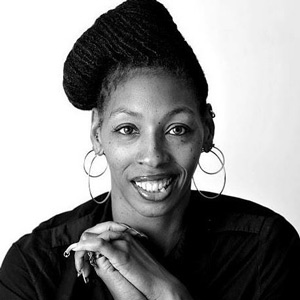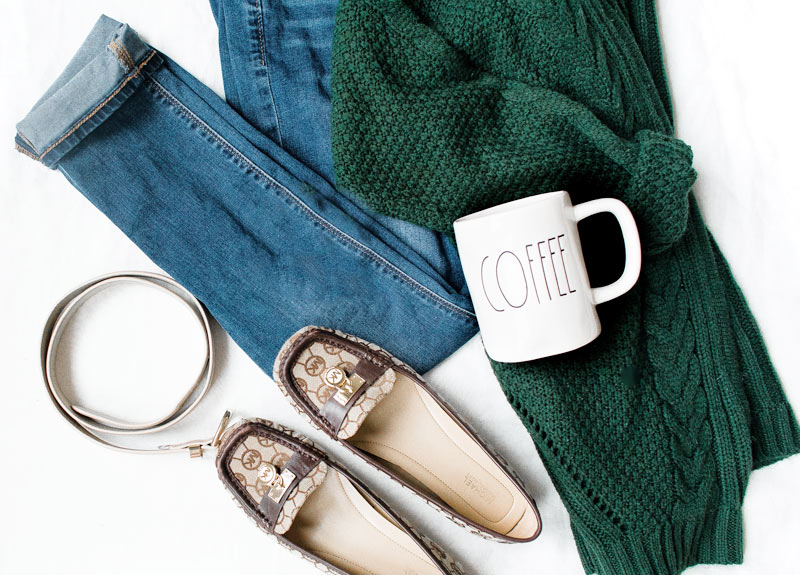Everything you need to know to succeed as a professional stylist
The British College of Professional Styling has design this online styling course with the beginner stylist in mind. This course is also ideal for those already in the industry, looking for a way to refresh their skills.
The British College of Professional Styling has recruited many respected stylists and to assist you throughout your online stylist course. Their skills and experience, covering all industry areas, will provide you with an intimate knowledge of how to to take on any brief.
Explore the course contents below
-
Tutorial 1: INTRODUCTION TO STYLING
This introduction sets a solid foundation to the exciting and dynamic world of styling. You will be introduced to what it means to style in different environments and for different clients, and be introduced the wide range of opportunities for stylists. You will be presented with the evolution of fashion to help you understand where it’s progressing, as well as a handy glossary of terms to prepare you for the rest of this course. Tutorial one concludes with assignment one. -
Tutorial 2: ELEMENTS OF STYLE AND TRENDS
Building on tutorial one, this tutorial explores essential knowledge of fashion, to help you understand modern trends. This tutorial explores the relationships between visual balance, colour and fashion, as well as assessing styles and trends. This tutorial also offers a glossary of clothing descriptions, and concludes with assignment two. -
Tutorial 3: STYLING SPECIFICS
Tutorial three explores the world of a stylist, from employment, tricks of the trade, to knowing what to expect on a shoot. This tutorial covers the practical elements of working as a stylist, such as understanding and setting fees, as well as working with celebrities and high-end clientele. This tutorial concludes with assignment three. -
Tutorial 4: WARDROBE STYLING FOR FILM, TELEVISION AND THE THEATRE
The world of film, television and theatre for stylists is a dynamic and challenging environment, which is explored in tutorial four. This tutorial is the behind the scenes look at what is required of stylists within these environments, and the importance of good styling as part of creating characters and narrative. It also explores on-set etiquette and the practicalities of your work for this sort of styling work. This tutorial concludes with assignment four. -
Tutorial 5: THE FLEXIBLE STYLIST
Your work as a stylist challenges you to make yourself available and willing to handle new and important areas of production. These areas and roles are explored in tutorial five, which covers fields such as prop styling, food styling, visual merchandising and retail displays. The tutorial also explores the roles of light and colour within these fields, as well as how to create atmospheres of aesthetic pleasure and intrigue. -
Tutorial 6: DO YOU KNOW ABOUT FASHION’S MOST INFLUENTIAL DESIGNERS?
This tutorial builds on previous knowledge to explore fashion’s most influential designers. It then goes on to more practical elements of a stylist’s work, such as your kit, troubleshooting, working with children and animals, as well as creating your portfolio to land your next job. -
Tutorial 7: COLOUR
Tutorial seven explores the power of colour. By an in-depth exploration of colour, you will understand colour theory and psychology, how to assess your client’s natural colouring, how to develop colour palettes, the visual effects of colour and how to work with black and white. This tutorial also explores fabrics, how to work with different fabrics and care techniques. This tutorial concludes with assignment five. -
Tutorial 8: PERSONAL STYLING
Personal styling is a challenging and dynamic role which you as a stylist can explore. In this tutorial you will learn the basics of what it means to be a “personal stylist” or “image consultant”. This tutorial also offers practical advice on how to deal with clients, understanding their needs and their body, individual features, developing a core wardrobe, working with accessories and looking rich on a budget. This tutorial concludes with assignment six. -
Tutorial 9: MALE MAKEOVERS
Dressing males offers unique challenges which you as a stylist need to prepare for. This tutorial will equip you with knowledge such as body analysis, dressing for work and leisure, making impact, different cuts of male clothing, as well as practical tips and advice for helping male clients with style, colour and maintenance. This tutorial also covers grooming, skin and hair care, make-up and quick fix solutions. -
Tutorial 10: COMMUNICATING YOUR IDEAS
All this knowledge will be rendered almost useless without the ability to effectively express your style ideas. This tutorial covers creating mood and concept boards and adapting traditional designer’s tools for visual communication, to effectively express and communicate to your clients. You will be guided on using and building on experience to build confidence and your portfolio, as well as how to record and format necessary details accurately. -
Tutorial 11: THE ONLINE STYLIST
The internet is a vital tool for the freelance stylist. This tutorial shows how to promote yourself and your business online, through websites and blogging. It offers tips on optimising your blog with search engines, as well as marketing essentials. This tutorial encourages you to think about your career path, as well as offering a final glossary for professional stylist. This tutorial concludes with assignment seven. -
Tutorial 12: BUSINESS FOR STYLISTS
To make sure you excel as a stylist, tutorial twelve is a practical guide on building your styling business. It explores marketing, retaining and creating clients, getting booked, managing your portfolio, business aspects such as invoicing, pricing and keeping records. To conclude, this tutorial offers a course summary, and assignment eight.









